#Valyrian
Note
Hello there! I was wondering if you could possibly translate this quote: (I know it's a different fandom, but I was wondering if you could translate it anyways. I think it would be neat to see it in High Valyrian.)... "Not all who wander are lost."
So listen… I know this wasn't the intent, and I know that you're kind of standing in for tons of people from my past, but like… When people ask to have something translated, do they really not give any thought to the grammatical complexity of what they're asking for? And 100% this is not just you, but like… Embedded clauses, relative clauses, counterfactuals…
Something I didn't realize till I started creating languages for a living is translation is my least favorite part of language creation—and it's what I spend the most time doing.
Okay, so, "Not all who wander are lost". Good lord. First, there's "lost", which has a literal and metaphorical meaning in English. Absolutely no idea if this would translate in High Valyrian, and I'm pretty sure I don't have a word for "lost", and I don't even know how to go about creating one. Spanish perdido essentially comes from "wasted" or "squandered". We know where English "lost" came from. There actually is a word for "to lose" in HV, but it's to lose a battle. Doesn't make sense to use it here. So I'm going with something that kind of evokes that mists that surround destroyed Valyria and use the locative of "fog", so to be sambrarra "in the fog" means "to be lost".
I also don't (or didn't) have a word for "wander", but I made a derivation based on one of my favorite words, elēnagon, which means to oscillate or swerve. Jorelēnagon now means "to wander". Seems to fit.
And that was the easy part. A relative clause is something like "The dragon that I saw is big". "Whoever I saw is big" also features a kind of relative clause—an indefinite relative clause. These things are absolute murder to create. But no. It's not just that. It's a modified indefinite relative, because it's not "Whoever wanders is lost", it's "All who wander are lost". BUT IT'S NOT JUST THAT. It's negated on top of that. NE. GA. TED. And not just in the usual way: It's the Mothra fumbling quantifier that's negated. It's not whoever wanders. It's not all who wander. It's NOT ALL who wander. This is like my nightmare—being asked to translate something like this. This is giving me flashbacks to season 1 of House of the Dragon when they asked me to translated "Would that it were", as if that was some reasonable thing for a human being to say in any language ever.
Anyway, if you type "indefinite relative clause" into my High Valyrian grammar, you come up with nothing, because I always forget to write down how the hell I decided to do them. I think because I have both relative adjectives and pronouns that I can just use the damn pronouns by themselves. God. "Not all…" Are you kidding me?! You know High Valyrian has a whole collective number to handle "all", right? What, do I just negate that? Will the meaning be the same as a negated quantifier?! Like it's [[not all] who wander], right? And you can bracket like that because they're all separate words. But what if "all who" is one word? What then?! BECAUSE THAT'S WHAT IT IS!
(By the way I just added a sentence to my grammar that includes the phrase "indefinite relative clause" so I can search for it. It's not like this wasn't written up, but I honestly probably forgot what the term was when I wrote the section the first time and I never revisited it.)
Okay. I'm calm and cool. So. Returning to the translation. There are two types of relative pronouns: One that refers to people or things, and another that refers to concepts or ideas or places. We're talking about people here, so we need the first one. And we need it in the collective. That's lȳr. Leaving the negation aside, this can be translated fairly easily:
Jorelēnus lȳr sambrarra ilza.
Okay, that's "All who wander are lost". I chose the aorist subjunctive for the relative because it's like "anyone who may wander"; I think it makes sense. Lȳr is grammatically singular, so it triggers third person singular agreement in both verbs. Since we're using ilagon as a locative copula here, I think (think) the present tense makes the most sense. So that is "All who wander are lost".
Now how the flarking frump do you say "not all" when "all who" is lȳr?!
So since lȳr is a pronoun it can be modified with an adjective, which would like like this:
Jorelēnus dōre lȳr sambrarra ilza.
But the problem with that is I don't think it gives us the intended meaning. I think that means "None who wander are lost", and that's not what the intended meaning is at all. It is basically "Some people who wander are indeed lost—perhaps many of them—but some of those who are wandering are not, in fact, lost". This is also why you can't negate the matrix verb. That would mean "Anyone that might be wandering is not lost"—again, not the intended meaning. This is the crux of the whole translation: Negating the quantifier and not what the quantifier is modifying.
For that reason, the only thing I can think to do is to go to a much more prolix, and, frankly, un-Valyrian-like expression. This would mean taking the relative pronoun out of the collective, putting it back in the singular, adding in a quantifier, and negating it. That would be this:
Jorelēnus dōre tolvie lȳ sambrarra ilza.
Is that it? I honestly don't know. It is a translation; I'm not sure if it's the best translation. Another possibility is to re-translate it and say "A few who may wander are not lost". That would look like this:
Jorelēnusy lȳn sambrarra ilosy daor.
The pronoun is now in the paucal, which triggers plural agreement on both verbs. (And, by the way, thank goodness sambrarra is a noun phrase; it doesn't have to agree with anything!) And this is, basically, "A few who may wander are not lost".
I feel like the second translation is better maybe…? It feels more Valyrianesque. But I'm not 100% sure it conveys the same sense.
Anyway, I started translating this a little over two hours ago. That's what this takes. That's how long something this complex takes. Granted, it didn't have my full attention at all times, because I was watching Booksmart, but this was my second time watching it, so I didn't have to give the movie my undivided attention (though it had been a few years; there were bits I didn't remember). But yeah. Translation. My god. Like…why. Creating languages is fun. Translation is work. (And if it's not work, you're doing it wrong. Mic drop; soap box kicked.)
#conlang#language#valyrian#high valyrian#valyrian grammar#grammar#high valyrian grammar#translation#asoiaf#grrm#hbo#hotd#house of the dragon#got#game of thrones#all the flipping tags#booksmart
454 notes
·
View notes
Text

old valyria (derogatory, with vitriol)
261 notes
·
View notes
Text

Various Valyrians reacting to the tea being spilt at court
364 notes
·
View notes
Text
Daemon only thinks Rhea Royce is ugly cause she's not Valyrian or a child.
217 notes
·
View notes
Text
Why I hate conlangs
A conlang (constructed language) is one that was consciously created for some purpose—usually either fiction or global communication—rather than one that developed naturally (Crystal 2008; Wikipedia). Some well-known examples include:
Dothraki, Valyrian (Game of Thrones)
Esperanto
Na’vi (Avatar)
Quenya, Sindarin (Lord of the Rings)
Klingon (Star Trek)
Atlantean (Atlantis: The Lost…

View On WordPress
#American Sign Language#Atlantean#Cantonese#conlangs#Cree#Dothraki#endangered languages#Esperanto#Kikuyu#Klingon#language revitalization#Na&039;vi#Navajo#Nuuchahnulth#Ojibwe#Quechua#Quenya#Sindarin#Star Wars#Valyrian
50 notes
·
View notes
Text
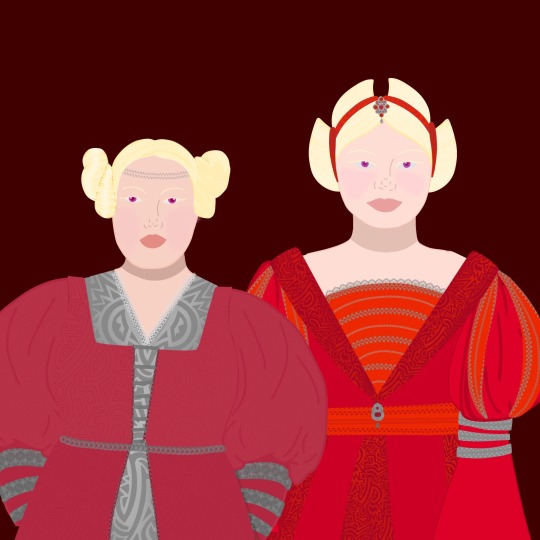
🦀Prunella and Prudence Celtigar🦀
These two minor characters are the only named women of House Celtigar, one of the three houses of Valyrian descent so naturally they caught my attention. Given the Valyrian supremacy of the other two houses, none of them married a Celtigar? Very strange.
Prudence appears to be the eldest sister since she got married first in 52 AC to Lord Grafton in the Vale. She also seems the braver of the two as she was stabbed by Septas while protecting Alysanne at Joquil’s Pool. Her dress is inspired by Burgundian gowns and her hairstyle is based on Ukiyo-e hairstyles from Japan’s Edo Period.
Prunella is likely the younger sister. She was married in 55 AC to Lord Peake in the Reach. This was recorded as an ‘exceptional match’ so the two were most likely in love. Her dress is inspired by the Italian Renaissance and her hair is inspired by the squash blossom hairstyle of the Hopi women.
#house celtigar#prudence celtigar#prunella celtigar#asoiaf fanart#asoiaf#HOTD#house of the dragon#game of thrones#Valyrian#house targaryen#house velaryon#vale#reach#house grafton#house peake#alysanne targaryen
51 notes
·
View notes
Text
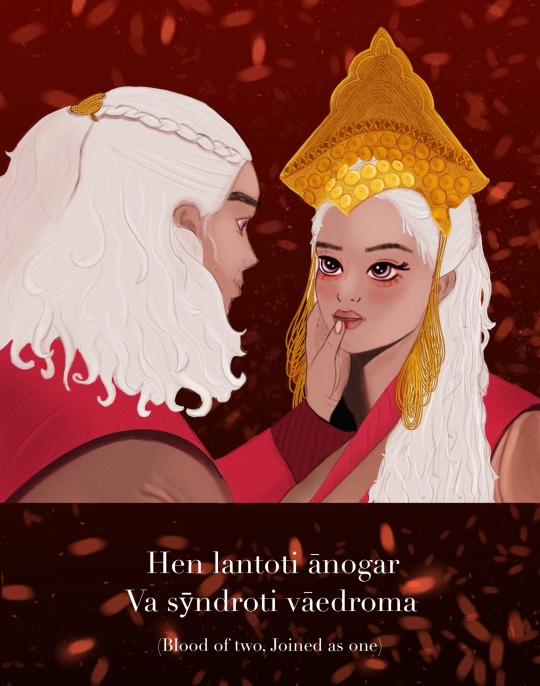
Hen lantoti ānogar / Va sȳndroti vāedroma / Mēro perzot gīhoti / Elēdroma iārza sīr / Izulī ampā perzī / Prūmī lanti sēteksi / Hen jenȳ māzīlarion / Qēlossa ozūndesi / Sȳndroro ōñō jēdo / Rȳ kīvia mazvestraksi
Blood of two / Joined as one / Ghostly flame / And song of shadows / Two hearts as embers / Forged in fourteen fires / A future promised in glass / The stars stand witness / The vow spoken through time / Of darkness and light ❤️🐉
#hotd#hotd fanart#fanart#digital art#house of the dragon#artists on tumblr#beginner artist#asoif fanart#digital illustration#asoiaf#hotd rhaenyra#house of the dragon fanart#house targaryen#fire and blood#fire and blood fanart#pro rhaenyra#queen rhaenyra#rhaenyra#rhaenyra targaryen#daemon x rhaenyra#daemon targaryen#hotd daemon#daemon and rhaenyra#high valyrian#valyrian wedding#Valyrian#valyrianpoem#rhaenyra targeryan#princess rhaenyra#my art
23 notes
·
View notes
Text
Lady Celtigar.


- Lady of Dragonstone, wife of Daemion Targaryen.
- Targaryen Portriat Master List.
“The Celtigars’ castle is rumored to hold fabulous treasures that bear witness to their wealth…”
*
*
“… there are Myrish carpets, Volantene glass, gold and silver plates, jeweled cups, magnificent hawks, a trained sea eagle, an ancestor axe of Valyrian steel, chests of rubies, a horn said to summon krakens from under the sea, and many fine wines.”
*
*
Note: As I’ve said before with the previous Lady Celtigar post I imagine Lord Aerys and Lord Daemions wives to be Ladies of House Celtigar. I imagine House Celtigar was actually more powerful than House Targaryen before the conquest.
*
*
*
#hotd#house targaryen#house of the dragon#hotd fanart#fire and blood#daemion targaryen#house celtigar#claw isle#crownlands#Blackwater bay#valyrian#valyrian steel#asoiaf#asoif fanart#game of thrones#game of thrones fanart#house of the dragon fanart#house targaryen fanart#celtigar#valyrian houses#small art account#new to digital art#digatal art#digital artist#digital drawing#support small artists#originally traditional artists#headcanon#targaryen headcanon#hotd headcanon
38 notes
·
View notes
Text

This was gonna be my Inktober 2023 Day 1 (Dream) but I’m too excited about it so here you go, Daenys “The Dreamer” Targaryen! I love this lady! I wish we knew more about her!
#art#my art#doodle#sketch#illustration#illustrator#asoiaf#a song of ice and fire#got#game of thrones#daenys targaryen#daenys the dreamer#targaryen#old valyria#Valyrian#valyrianscrolls
56 notes
·
View notes
Text



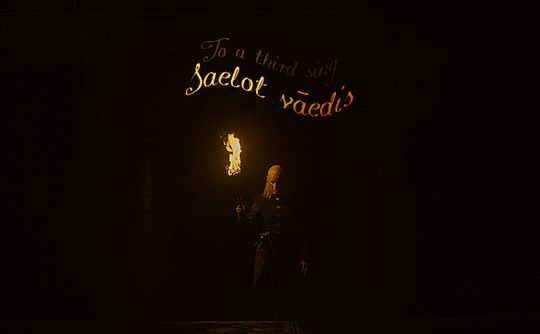


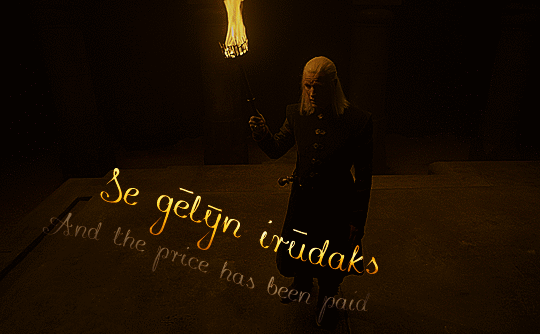
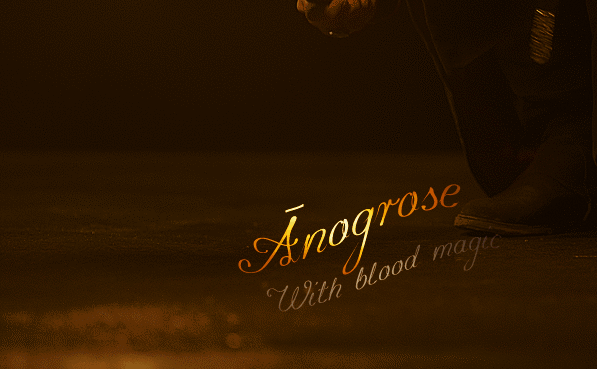
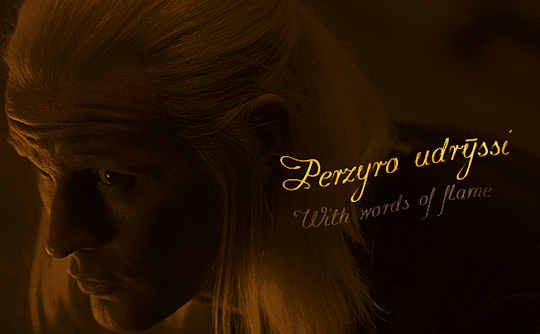
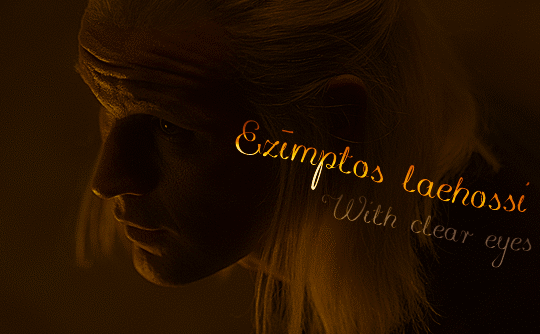
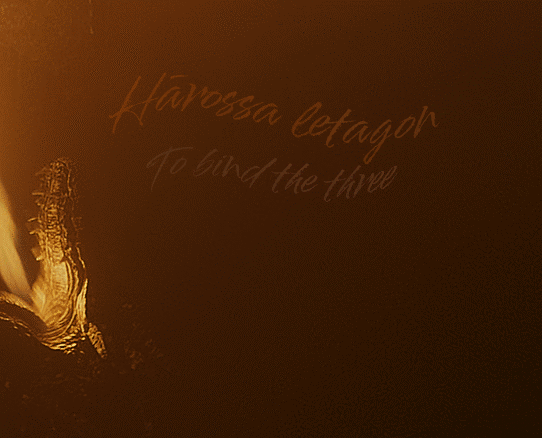






Daemon Targaryen serenades Vermithor in High Valyrian
Hāros Bartossi :: With Three Heads
Daemon does not sing every word of the song, falling silent when Vermithor growls or roars, as if to participate. Daemon leaves out the entire line referring to binding, perhaps to avoid angering Vermithor, who breathes fire after the line is skipped.
The Bronze Fury had been unclaimed for 29 years, since the death of King Jaehaerys I.
#house of the dragon#hotd#daemon targaryen#vermithor#matt smith#high valyrian#valyrian#haros bartossi#gif#translation#fictional language#i spent 3 days making this
208 notes
·
View notes
Text
Lexember (December 1st)
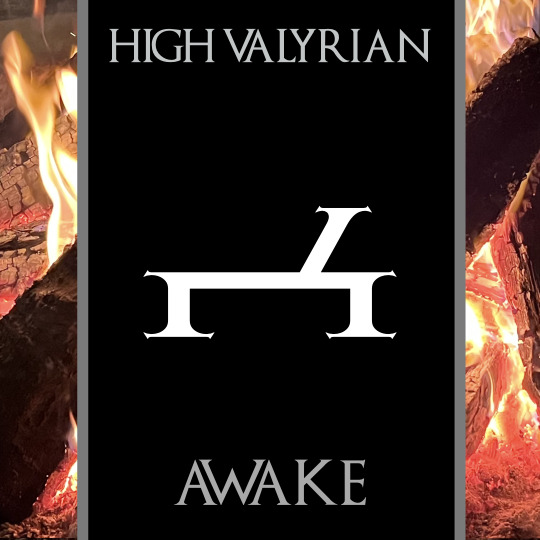
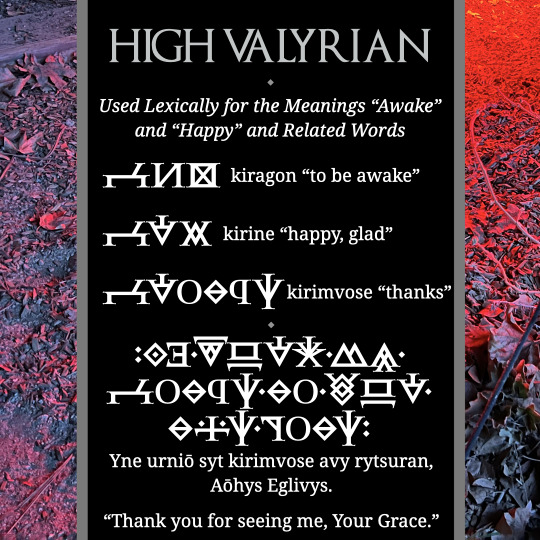
It is December again, which means it's time for Lexember! That means I have 31 more Valyrian glyphs to share. Some are fun; some are prosaic. All are what they claim to be: High Valyrian glyphs.
This one's for kiragon which means "to be awake", but the more common word associated with this root is kirine, which now means "happy". It's also where the Valyrian word for "thank you" comes from, kirimvose, which is the instrumental of kirimves, which means "happiness" (i.e. "I greet you by happiness").
Here's to another Lexember!
#conlang#language#hbo#game of thrones#house of the dragon#valyrian#high valyrian#orthography#hotd#got
116 notes
·
View notes
Text
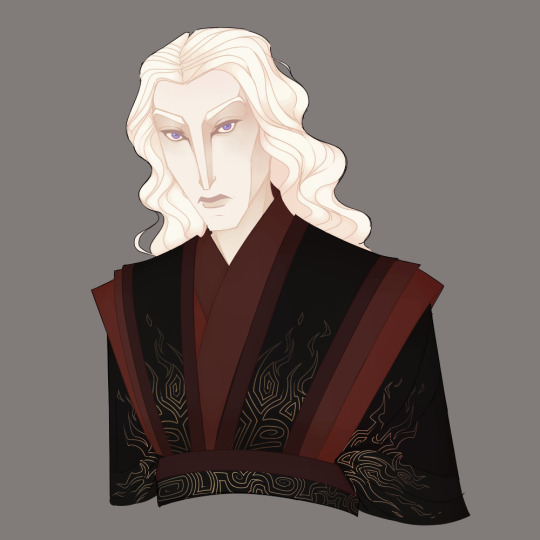
dragonlord’s son
(might be on my valyria bullshit for a while, alas.)
#old valyria#valyrian#valyria#game of thrones#asoiaf#if you saw this earlier no you didn’t#made some very minor fixes
75 notes
·
View notes
Text
WEDDINGS
So I collated some info on Westerosi Weddings for all your fanfic needs :) note: fanfic is a creative writing you can do as you please!
Faith of the Seven
Officiated by a Septon (Standing between statues of the Mother and Father) and typically held in a Sept.
The ceremony begins with the Septon reciting some prayers/sermon(s) from the Seven Pointed Star.
Then the Bride is led into the Sept and down the aisle typically by a male relative and silently presented to the Groom.
"You may now cloak the bride and bring her under your protection."
The Groom then removes the Brides ‘Maidens Cloak’ bearing the sigil of her birth house and is replaced by a cloak’ of the Groom’s house signifying the Groom taking over the protection of the Bride.
"My lords, my ladies, we stand here in the sight of gods and men to witness the union of man and wife. One flesh, one heart, one soul, now and forever."
The couple holds hands as the Septon ties a ribbon in a knot around their hands whilst saying:
"Let it be known that [Names and Houses of the bride and groom] are one heart, one flesh, one soul. Cursed be he who would seek to tear them asunder."
The Septon then announces:
"In the sight of the Seven, I hereby seal these two souls, binding them as one for eternity."
The Septon then unties the ribbon.
"Look upon each other and say the words"
The couple then simultaneously recite the Seven:
“Father, Smith, Warrior, Mother, Maiden, Crone, Stranger. I am his/her and he/she is Mine. From this day until the end of my days.”
Following the the Groom says:
“With this kiss, I pledge my love”
The Groom kisses the Bride and they then turn to face the congregation.
Old Gods
A much shorter ceremony than that of the Seven, it usually takes place at night before a Weirwood tree so the wedding can be seen by the gods.
The Bride is led to the Groom waiting before the Weirwood by a male relative. The ceremony is officiated by the Head of the Grooms house ( It is unclear if it is only male heads of houses can officiate however there is no clergy for the Old Gods )
I am going to show the vows in a loose transcript format; please note whom is speaking when.
Officiator (O): Who comes before the Old Gods this night?
Male relative of the Bride (MB): X of the House X,comes here to be wed. A woman grown,trueborn and noble. She comes to beg the blessing of the Gods. Who comes to claim her?
Groom (G): Y of the House Y. (insert inheritance here if relevant) Who gives her?
MB: Z of the House Z, Statement of relativity to the Bride e.g. Father
O: X, Will you take this man?
Bride (B): I take this man.
The couple then join hands and kneel before the Weirwood in momentary silent prayer.
Valyrian
It is much harder to find any information on Valyrian Weddings however we can kinda piece it together. It can be officiated by anyone however I believe the officiant must have some Valyrian blood. The rites from the show are said simultaneously to the Bride and Groom using a blade (probably Dragonglass/Obsidian however I imagine Valyrian steel is also viable) to first cut each others bottom lips and then they use the blood to draw the symbols of ‘Fire’ or ‘Blood’ on their foreheads. They then cut each other’s palm and let the blood flow into a chalice and then they both drink from it.
The rites are as follows in Valyrian with English translation:
Hen lantoti ānogar/Blood of two
Va sȳndroti vāedroma/Joined as one
Mēro perzot gīhoti/Ghostly flame
Elēdroma iārza sīr/And song of shadows
Izulī ampā perzī/Two hearts as embers
Prūmī lanti sēteksi/Forged in Fourteen fires
Hen jenȳ māzīlarion/A future promised in glass
Qēnlossa ozūndessi/The stars stand as witness
Sȳndroro ōñō jēdo/The vow spoken through time
Rȳ kīva mazvestraksi/Of darkness and light
Bedding Ceremony
The bedding ceremony is seen throughout Westeros as a cultural tradition not limited to a certain faith. Many couples do not perform this; I haven’t found evidence this was used in Royal Marriages. Sometimes a bloodied sheet will be presented the morning after the wedding however it is common knowledge that women can bleed from horse riding and so is not traditional.
The bedding ceremony if performed happens at the end of the wedding feast in which male guests will escort the bride to the marital chambers whilst stripping her and making crude jokes, the same is done to the groom with female guests.
#asoiaf#a song of ice and fire#westeros#hotd#house of the dragon#weddings#faith of the seven#old gods#valyrian
167 notes
·
View notes
Text
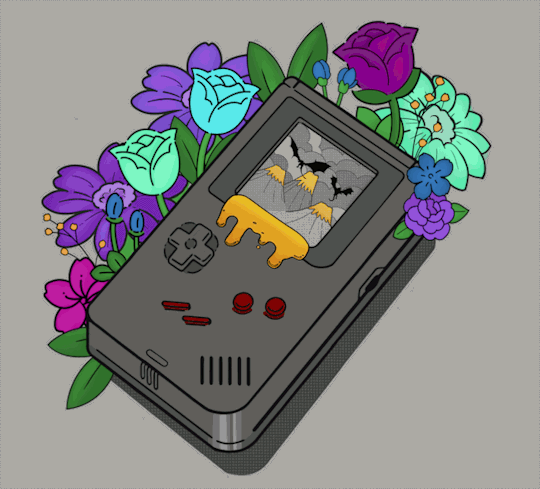
Could YOU survive the DOOM of Valyria? 🎮🌋
#asoiaf art#a song of ice and fire#asoiaf#game of thrones#game of thrones art#house targaryen#a song of ice and fire art#house of the dragon#pre asoiaf#old valyria#valyria#valyrian#valyrian freehold#gifs#gif#asoiaf graphics
53 notes
·
View notes

